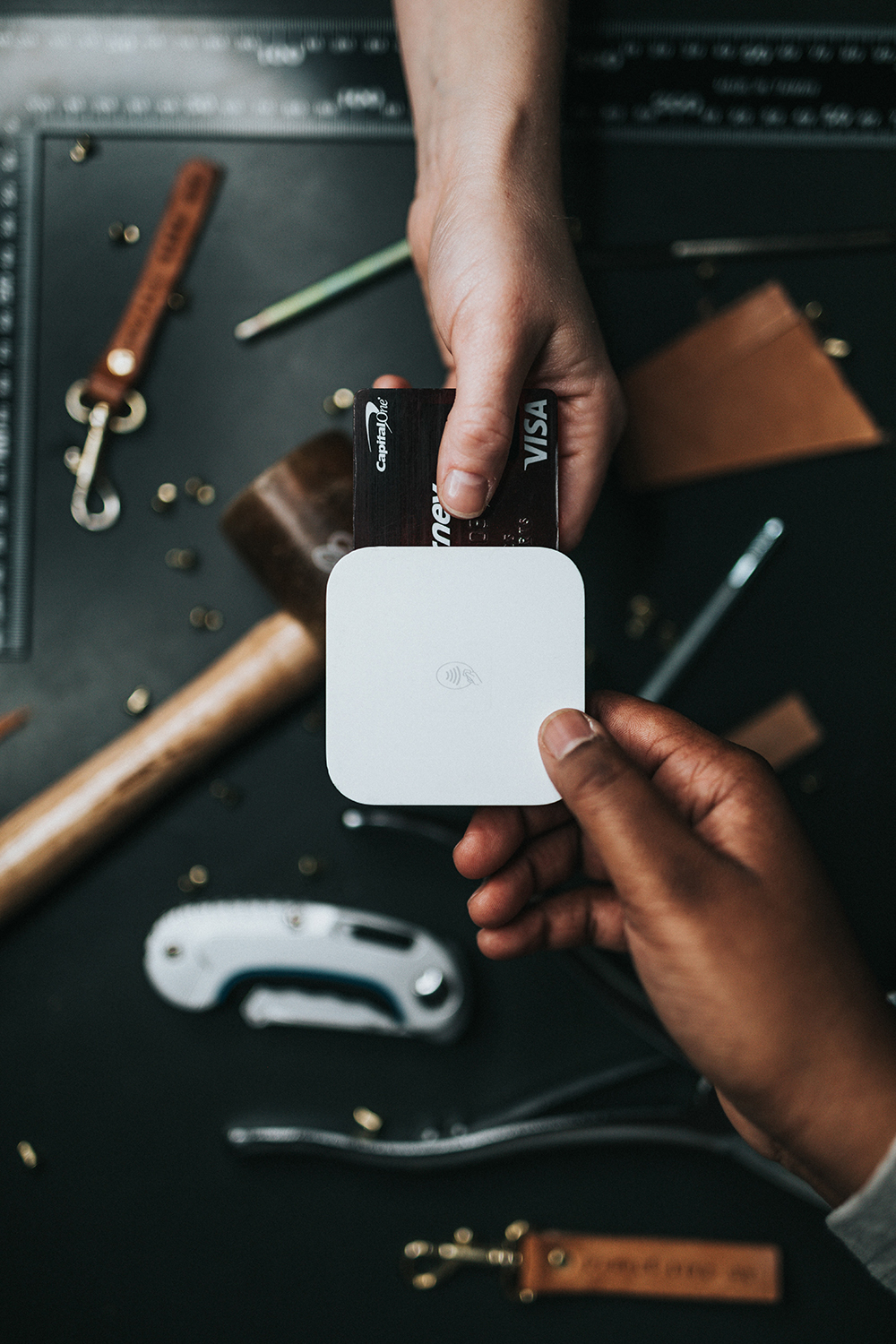I think we can all agree that large revolving credit card balances are bad, but what about no balance?
The modern, “responsible” credit card approach seems to be a win for all parties. The card issuer gets the swipe fee every time a card is used. The merchant pays the swipe fee, in exchange for convenience, time saving, and access to a broader audience of buyers. The card user wins by paying off the card every month and accruing valuable rewards or cash back while paying no interest. Where is the problem?
There’s not a problem, if you’re completely content with your level of spending over time. However, most people seem to think they spend a little (or a lot) too much, regardless of income or assets. Even those who think their spending is fine often think their spouse or significant other could tighten up their spending a little bit. But how does this relate to “responsible” credit card use?
The bottom line is that countless studies have shown that using a credit card causes you to spend more, period. There is evidence that credit card holders spend more at department stores. Credit card users leave bigger tips. A study showed that those required to return with a credit card were willing to pay more than double for playoff tickets compared to bidders who were told they had to come back and pay cash. Another study showed that cards create identifiable “purchase cravings” on MRI scans that cash does not. One study even showed that simply the presence of credit card paraphernalia on a desk caused subjects to spend more money than the control group.
Why is this? The best way I can explain it is that having a line of credit untethered to nothing but a sky-high irrelevant credit limit means that there’s no natural scarcity reaction when presented with purchases. If you have $100 in your pocket, you better make sure your restaurant tab, tax, and intended tip is less than $100. With a card, it doesn’t really matter if it’s $82 or $120 or $350, especially if you know you’ll be able to pay the bill off in full at the end of the month.
These little differences add up. Over time, even if a credit card causes you to spend a few percent more than you otherwise would, that extra spending will far exceed any benefit from even the best rewards cards.
Moving fully to cash is not practical for many people, and credit card rewards can have tremendous value — if they don’t lead to additional unnecessary spending. Normally an abundance mindset is a good thing, but in the case of credit card spending, a little scarcity could lead to broader abundance in your financial life. Ironically, card users with a balance close to their limit probably have more cash-like buying habits than someone who pays their card off every month.
Try actually using cash only for a month, and you might be surprised to see a stark difference in spending compared to your last card statement. Consider purposefully lowering the limit on your day-to-day card to a level you’ll have to think about before you swipe. Most importantly, remember that while credit card rewards can be meaningful over time, the low single-digit percent reward can’t make up for spending even slightly more than necessary.
Credit cards can have a role in the path to your secure financial future, but keep in mind the obvious risks as well as the subconscious ones!
Gene Gard is Chief Investment Officer at Telarray, a Memphis-based wealth management firm that helps families navigate investment, tax, estate, and retirement decisions. Ask him your questions or schedule an objective, no-pressure portfolio review at letstalk@telarrayadvisors.com. Sign up for the next free online seminar on the Events tab at telarrayadvisors.com.
